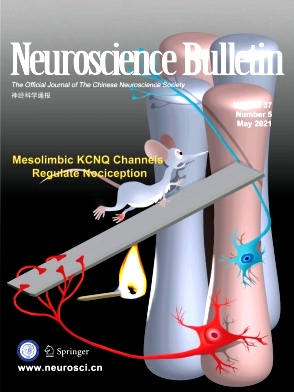Emerging role of Toll-like receptors in the control of pain and itch
摘要:
Toll-like receptors (TLRs) are germline-encoded pattern-recognition receptors that initiate innate immune responses by recognizing molecular structures shared by a wide range of pathogens, known as pathogen-associated molecular patterns (PAMPs). After tissue injury or cellular stress, TLRs also detect endogenous ligands known as danger-associated molecular patterns (DAMPs). TLRs are expressed in both non-neuronal and neuronal cell types in the central nervous system (CNS) and contribute to both infectious and non-infectious disorders in the CNS. Following tissue insult and nerve injury, TLRs (such as TLR2, TLR3, and TLR4) induce the activation of microglia and astrocytes and the production of the proinflammatory cytokines in the spinal cord, leading to the development and maintenance of inflammatory pain and neuropathic pain. In particular, primary sensory neurons, such as nociceptors, express TLRs (e.g., TLR4 and TLR7) to sense exogenous PAMPs and endogenous DAMPs released after tissue injury and cellular stress. These neuronal TLRs are new players in the processing of pain and itch by increasing the excitability of primary sensory neurons. Given the prevalence of chronic pain and itch and the suffering of affected people, insights into TLR signaling in the nervous system will open a new avenue for the management of clinical pain and itch.
展开
DOI:
10.1007/s12264-012-1219-5
被引量:
年份:
2012
通过文献互助平台发起求助,成功后即可免费获取论文全文。
相似文献
参考文献
引证文献
引用走势
辅助模式
引用
文献可以批量引用啦~
欢迎点我试用!



